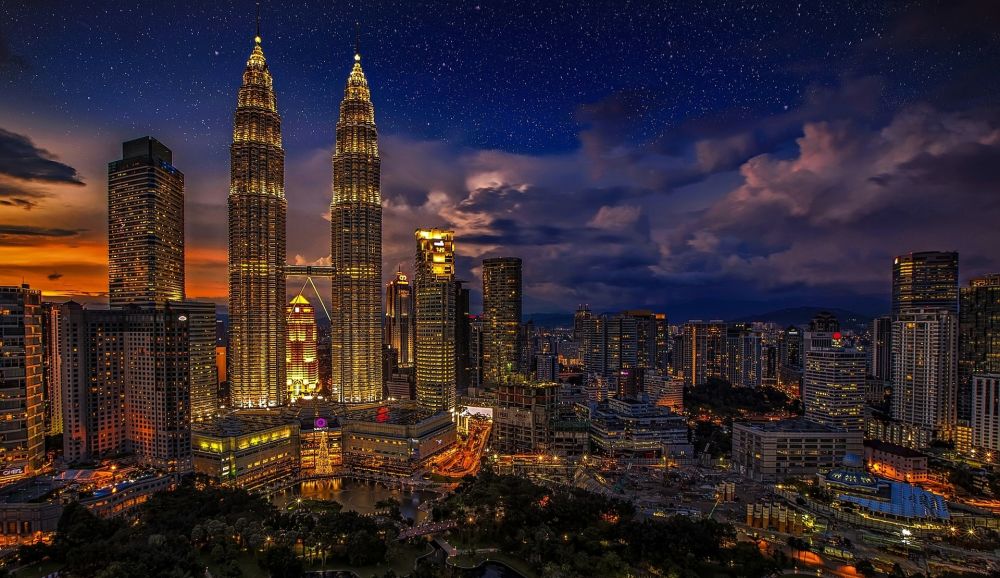

The history of tourism in Kuala Lumpur, the vibrant capital city of Malaysia, is as multifaceted as its culture. Since its humble beginnings as a tin mining town in the 1850s, Kuala Lumpur has transformed into a bustling metropolitan hub, rich in heritage and modern indulgences, attracting tourists from around the globe.
In the early 20th century, Kuala Lumpur was a growing town that caught the interest of travelers due to its strategic position in the Malaya Peninsula. The establishment of the Federated Malay States in 1896, with Kuala Lumpur as the capital, laid the groundwork for the city's future development. The construction of significant colonial-era buildings such as the Sultan Abdul Samad Building and the Kuala Lumpur Railway Station began to pique the curiosity of visitors.
Following World War II and Malaysian independence in 1957, Kuala Lumpur underwent rapid development. It embraced its role as the capital city, and the Malaysian government started promoting national identity, which included showcasing Kuala Lumpur to the world.
The late 20th century saw Kuala Lumpur’s tourism industry flourish. The iconic Petronas Twin Towers, completed in 1996, became a symbol of Malaysia’s ascent on the world stage and a must-visit for tourists. Another significant boost came from the hosting of the 1998 Commonwealth Games, which put Kuala Lumpur in the international spotlight.
With the turn of the century, Kuala Lumpur embraced modern tourism trends. The city's hotel industry expanded rapidly, offering everything from luxury accommodations to budget-friendly stays. Shopping tourism also soared with the development of extensive malls such as Pavilion Kuala Lumpur and Suria KLCC. Culinary tourism became a significant draw with the city's diverse food culture receiving global recognition.
In recent years, Kuala Lumpur has capitalized on ecotourism and sustainable tourism. Attractions like the KL Forest Eco Park offer a taste of nature within the urban environment. Additionally, cultural tourism has seen a rise, with tourists seeking authentic experiences through local festivals such as Hari Raya Aidilfitri, Chinese New Year, and Deepavali.
Technology has transformed the tourism landscape, with Kuala Lumpur being no exception. Travelers now use apps for almost every aspect of their journey, from booking flights and accommodation to finding the city's hidden gems based on online reviews. The rise of social media has also played a role, with Instagrammable spots such as the Batu Caves and Thean Hou Temple becoming increasingly popular.
Kuala Lumpur continues to evolve, with new trends such as virtual reality tours and staycations appealing to both international visitors and locals. The city's tourism sector is also preparing for a post-pandemic world by focusing on health and safety standards to reassure travelers.
Kuala Lumpur’s tourism industry has a rich history, marked by a remarkable transformation from a mining settlement to a leading travel destination. It continues to adapt to changing trends, ensuring it will remain a vibrant and attractive city for tourists well into the future.